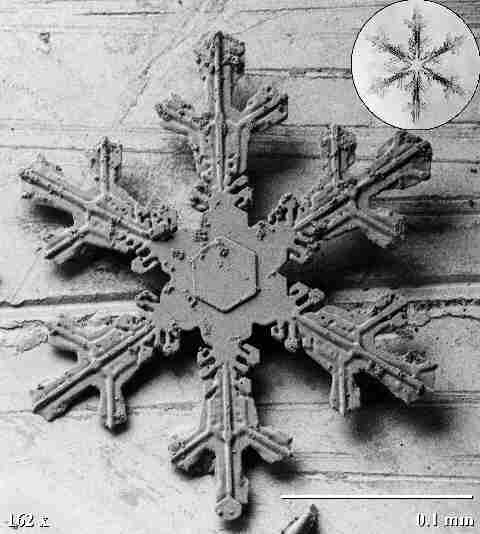 SNOW
HYDROLOGY (GEOG 4321): HOMEWORK ASSIGNMENT 1
SNOW
HYDROLOGY (GEOG 4321): HOMEWORK ASSIGNMENT 1
Instuctor: Mark Williams
Telephone: 492-8830
Homework 1
- Assigned 24 January.
- Due 28 January, 4pm, to Craig or his mailbox in Guggenheim
- Note that Craig will have office hours Wednesday and Friday,
11:30-1:00, in Guggenheim 312
- 40 possible points.
- SHOW ALL YOUR WORK.
- WRITE NEATLY and LEGIBLY.
- START EACH PROBLEM ON A NEW PAGE.
- WRITE THE QUESTION AT THE START OF EACH ANSWER.
- Convert 45 m/s, a wind speed measured at Niwot Ridge last fall,
to km/hr and miles/hr (5 points).
- The melting point of ice decreases by 7.4 x 10-3 deg
C when pressure increases by 1 atm. A 160-lb ice skater can exert a
pressure equivalent to 600 atm on the ice directly under their ice
skates. Consequently, the ice under the skates melts at a temperature
lower than 0 deg C, so that the skate actually slides on a film of
water. How much does a pressure of 600 atm lower the freezing point of
ice, in deg C? (5 points).
- Starting with a mass of 100g of ice at -10degC,
calculate the energy needed in Joules (J) to vaporize
the ice at +100degC, as follows (10 points):
- how much energy is needed to raise the ice temperature
from -10degC to 0degC?
- how much energy is needed to melt the ice at 0degC?
- how much energy is needed to raise the liquid water
temperature
from 0degC to +100degC?
- how much energy is needed to vaporize the liquid at
+100degC?
- What is the total amount of energy needed?
- how much energy is needed to vaporize the ice at 0degC?
- Draw a single water vapor molecule and label (5 points):
- atoms;
- angle between hydrogen atoms;
- number of protons in each atom;
- bonding orbitals.
- Explain why the maximum density of water occurs at +4degC
and not at 0degC.
Keywords must include hydrogen bonding, crystalline lattice,
ice, Ih, and polymer (5 points).
- Following are actual data collected at the meteorological
tower on Niwot Ridge. Calculate
the average loss of water from the snowpack in mm/day
for the months of November (no liquid water in snowpack) and
May (liquid water in snowpack).
To answer this question, remember that
watts (W) are equal to Joules per second (J/s),
and that there are 1000 kilograms of water per cubic meter of water
(10 points).
- November, daily average latent heat flux was
-77.11 W/m2.
- May, daily average latent heat flux was -51.6 W/m2.
- Take a guess at why the evaporative loss from the
snowpack was greater in November than in May.
 SNOW
HYDROLOGY (GEOG 4321): HOMEWORK ASSIGNMENT 1
SNOW
HYDROLOGY (GEOG 4321): HOMEWORK ASSIGNMENT 1  SNOW
HYDROLOGY (GEOG 4321): HOMEWORK ASSIGNMENT 1
SNOW
HYDROLOGY (GEOG 4321): HOMEWORK ASSIGNMENT 1